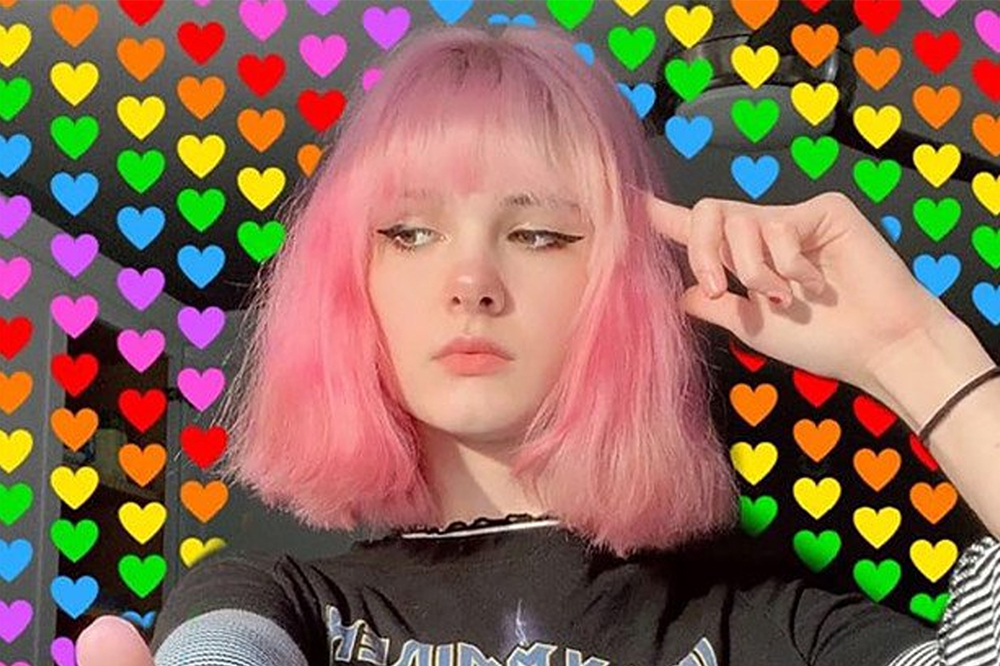Twenty years ago, the death of Bianca Devins would have been a small town horror story. Tragic. Brutal. Stomach-turning. Essentially local. A jealous man stabbed her to death in a fit of outrage before trying, and failing, to kill himself. Something of this kind happens too often for anyone to hear about them all.
Bianca Devins’s killer did something different, though: he took pictures of the 17-year-old’s dead body and posted them online, to a private forum on the app Discord. He also took pictures of himself after his suicide attempt and uploaded them as well.
Little information on the murder is reliable. Rumors spread that Devins’s killer was an ‘incel’ and a ‘stalker’. Other rumors spread that he was in fact her boyfriend. All that I am going to assume is reliable is the police statement, which reports that Devins and her killer had met online, that their relationship had become ‘personally intimate’ and that on the night of the killing they had attended a concert together.
BuzzFeed claims that when the killer posted a photograph of Devins’s corpse he did so with the caption, ‘Sorry fuckers, you’re going to have to find somebody else to orbit.’ A local radio station claims (though this has not been verified by the police) that the killer wrote ‘May You Never Forget Me’ on the pavement after killing Devins.
It seems obvious that as jealous as the killer might have been, this was not a crime enacted in blind rage but with the calculated goal of making an impression. It is probable that he hoped to make sure no one else could win the affections of a girl that he must have been obsessed with, but beyond that he must have craved notoriety.
BuzzFeed claims that he posted ‘subscribe to PewDiePie’ online, like the Christchurch killer and the Poway synagogue shooter, in an ironic appropriation of a good-natured meme begun by YouTube megastar Felix ‘PewDiePie‘ Kjellberg. If it is meant to suggest some kind of scornful nihilism, though, it absolutely fails, stinking of the desperation of the miserably mediocre.
‘Clout’ is a modish term online, made ubiquitous by ‘Clout’, a song by the American rapper Offset, with the innovative chorus:
‘Do anything for clout (Anything)
They do anything for clout (Anything)
Do anything for clout (Anything)
They do anything for clout (Clout)
‘Clout’ should mean influence but is often used to imply attention. With many young people (and old people) desperate to be someone, their self-worth is often measured in ‘likes’ and ‘follows’ on YouTube, Twitter, Instagram and TikTok. Soon, hundreds of people were circling around the story like famished vultures around a carcass. The most shameless advertised the photographs.
‘BEHEADING PIC ON MY STORY.’ ‘I have the video’ (there was no video but spreading the rumor was good for clicks). They were satisfying market demand. ‘Who has the picture dm me,’ posted one curious deviant. It makes the recent trend of influencers licking supermarket products and replacing them on the shelves seem comparatively innocent.
There is a lesson here, if one we are unlikely to stop learning, about the dehumanizing tendencies of social media. Parents, especially (though I say this in general terms, knowing nothing of Devins’s family situation) should take an interest in their children’s online as well as ‘IRL’ social lives, not with the paranoia of a movie exorcist but with the aim of building enough intergenerational understanding to keep them grounded in reality and humanity. Very few of them are in danger of getting killed but far more of them are in danger of being exposed to, or contributing to, a grim excess of morbidity that fills a gap that should be rich in human connection.
But it would be wrong to overstate the uniqueness of this case. Yes, it has some unique elements and unique implications but in essence it is not exceptional. Two thousand two hundred and thirty seven people (about two-thirds of them women) were killed by intimate partners in the United States in 2017, and that number does not account for jealous men and women who killed people they wanted to have intimate relationships with. That is more than four a day, but most of the killers do not upload evidence of their crimes onto the internet. For the friends and families of the victims, such brutality leaves vicious marks. For others, though, they recede into statistics.
I say this not to detract from the magnitude of the evil of Devins’s killer or the sadness of her death, but to emphasize that it is a common evil, which arises not from some exceptional sadism or intense self-will but from the contemptible weakness of fallen human beings. If Devins’s killer is exceptional it is in his pathetic keenness to make this a point of pride. It is also a very common sadness, and as well as considering online nihilism we should take this as a chance to reflect on the immense scale of this suffering.


















